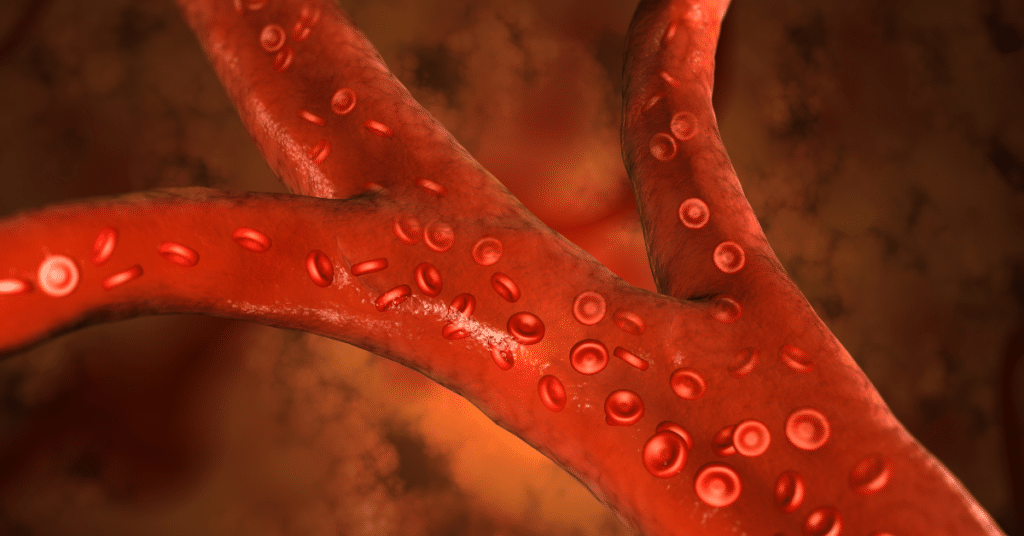Prostate Artery Embolization for an Enlarged Prostate
Here at MidAtlantic Vascular and Interventional, we are proud to offer a non-invasive state-of-the-art treatment for men that are experiencing symptoms due to an enlarged prostate. The treatment is Prostate Artery Embolization, and it is an outpatient procedure that has over a 90% success rate for patients with a symptomatic enlarged prostate.
Though it is normal for the prostate to continue to grow as a man ages, for some it can develop into Benign Prostatic Hyperplasia (BPH). BPH, also known as an enlarged prostate, occurs when the prostate grows large enough that it begins to pinch the urethra, causing troubling symptoms that affect the ability to urinate, such as:
- Dribbling when you finish
- A hard time getting started
- A weak stream or you pee in stops and starts
The prostate’s squeezing of the urethra also causes the bladder to have to work even harder to pass urine. This over time, can cause the bladder muscles to become weak, making it harder for it to be emptied. This can lead to:
- Feeling like you still have to pee even after you just went
- Having to go too often — eight or more times a day
- Incontinence (when you don’t have control over when you pee)
- An urgent need to pee, all of a sudden
- You wake up several times a night to pee
-
Urinary tract infections, bleeding, bladder damage, and bladder stones
Fortunately, many patients are finding relief from these symptoms through the work of our Interventional Radiologist Dr. Rishi R. Sood, who is an expert in performing Prostate Artery Embolization.
The procedure begins with a small incision in the wrist or groin, followed by the insertion of a tiny catheter. Using advanced X-Ray technology, the doctor will then guide the catheter through the blood vessels until it reaches the arteries that are feeding blood to the prostate gland. Once the catheter has reached the proper location, it releases tiny microscopic beads. These beads then travel to the prostatic arteries, where they create a blockage, which blocks the blood flow that is causing the prostate gland’s enlargement.
Maybe this sounds a little like science fiction, or even too good to be true- but rest assured, it’s not.
Though Prostate Artery Embolization is a relatively new outpatient procedure, it’s nothing to be afraid of. In fact, PAE has one of the highest rates of success. Not only do over 90% of men treated with PAE experience relief from their symptoms in the first year, but relief can continue on for years after that.
In our next article, we will take a look at some of the research backing the use of Prostate Artery Embolization as an effective treatment for BPH. In the meantime, please feel free to call us with any questions about PAE, or to set up a consultation to see if PAE is right for you.


